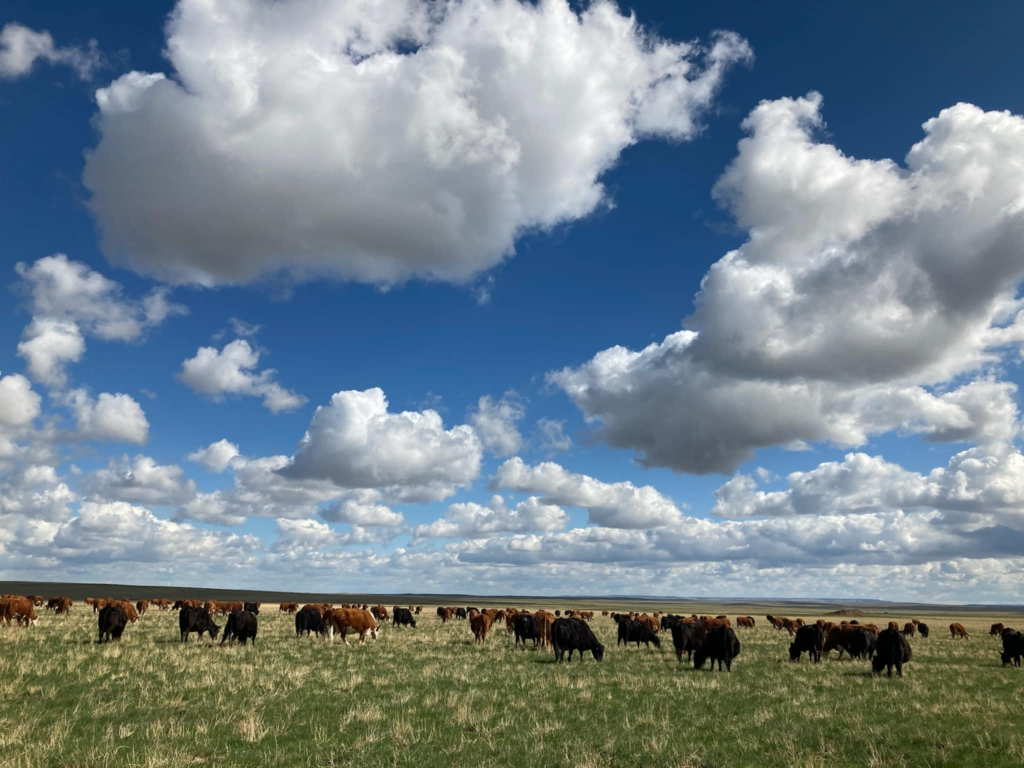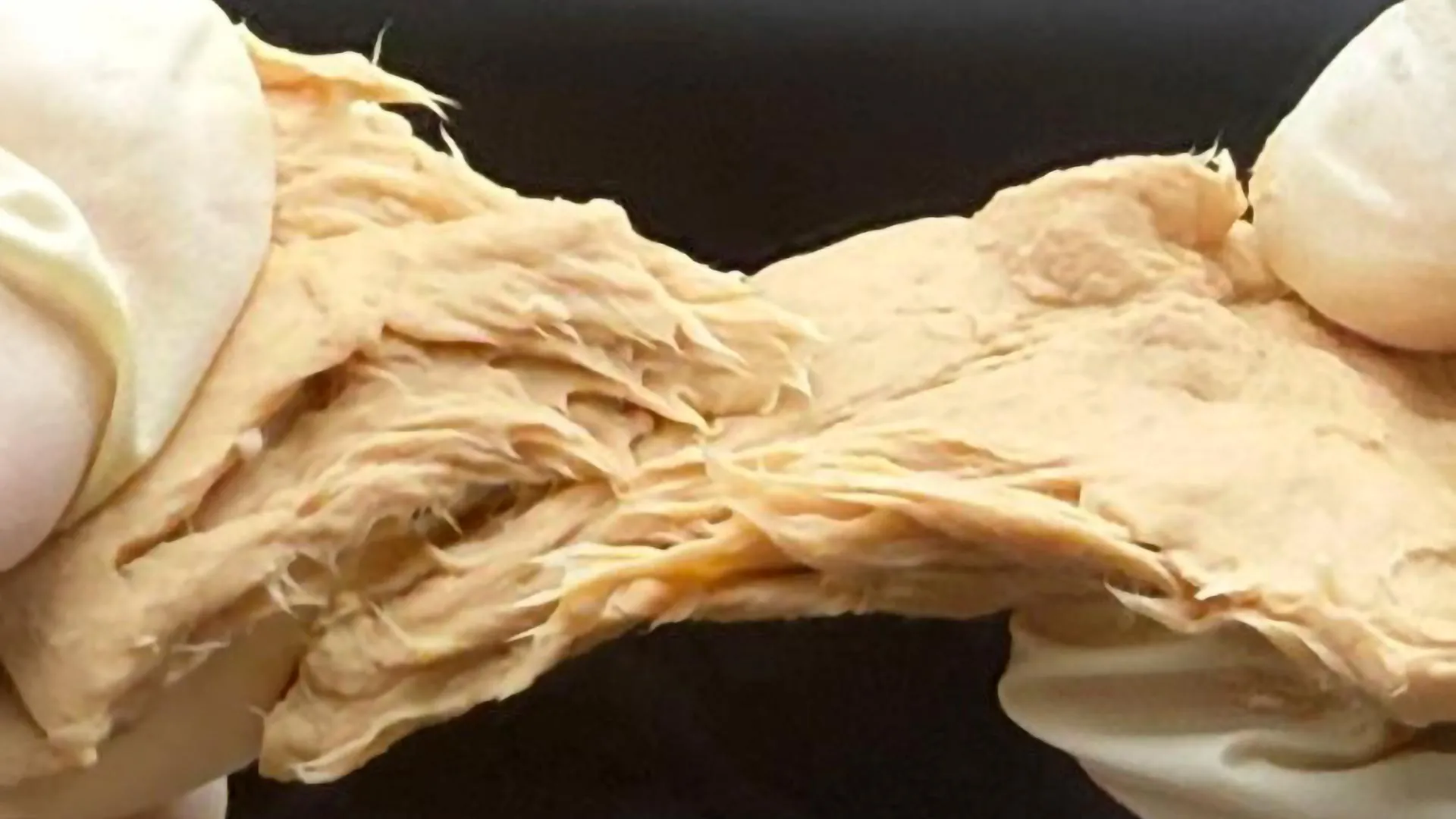Carter County Carbon questions: Ranchers concerned about proposed sequestration site – Tri-State Livestock News

Report on the Proposed Snowy River Carbon Sequestration Project in Carter County, Montana
1.0 Introduction and Executive Summary
A proposed carbon sequestration project in Carter County, Montana, intended to contribute to SDG 13: Climate Action by injecting carbon dioxide underground, has generated significant local opposition. Stakeholders, primarily local ranchers, have raised concerns that the project may negatively impact several other Sustainable Development Goals, including SDG 6: Clean Water and Sanitation, SDG 15: Life on Land, and SDG 16: Peace, Justice and Strong Institutions. The Bureau of Land Management (BLM) has approved an Environmental Assessment (EA) for the project, issuing a Finding of No Significant Impact (FONSI) and forgoing a more comprehensive Environmental Impact Statement (EIS). This decision has been appealed by local groups who argue the project’s impacts are significant and warrant deeper investigation.
2.0 Project Details and Regulatory Status
The Snowy River sequestration project, proposed by Denbury, involves a 30-year plan with significant infrastructure development. The project’s alignment with national climate strategies (SDG 13) is the primary justification for its consideration.
- Scope: The project proposes up to 15 EPA Class VI injection wells, 500 acres of surface disturbance, and the use of 100,200 acres of federally managed pore space.
- Objective: To inject up to 150 million tonnes of CO₂ over a 20-year period.
- Regulatory Process: The BLM’s decision to proceed with an EA/FONSI instead of a full EIS is a central point of contention. This process is governed by the National Environmental Protection Act (NEPA), which outlines three levels of review:
- Categorical Exclusion determination (CATEX)
- Environmental Assessment/Finding of No Significant Impact (EA/FONSI)
- Environmental Impact Statement (EIS)
Local group ‘Save the Range’ and the Carter County Commission have formally appealed the BLM’s decision, citing procedural and environmental concerns that challenge the principles of transparent and accountable institutions as outlined in SDG 16.
3.0 Environmental Impact Analysis in Relation to Sustainable Development Goals
Local stakeholders report that the project poses substantial risks to the local environment, directly conflicting with key targets of SDG 6 and SDG 15.
3.1 Impacts on Water Resources (SDG 6)
- Aquifer Contamination: There is significant concern that injected CO2 could leak into and contaminate deep water sources, including the Minnelusa and Madison aquifers, which are critical for regional drinking water. This threatens Target 6.3, which aims to improve water quality by reducing pollution.
- Geological Risks: The presence of local fault lines with known seismic activity raises fears of pipe ruptures, which could lead to large-scale contamination of groundwater resources.
3.2 Impacts on Terrestrial Ecosystems (SDG 15)
- Habitat Degradation: The proposed site is described as nearly pristine native rangeland. Stakeholders fear the project will turn approximately 110,000 acres of this land into an “industrial park,” undermining Target 15.1 concerning the conservation and restoration of terrestrial ecosystems.
- Biodiversity Loss: The area is a critical habitat for native species, including sage grouse and pronghorn. The surface disturbance and industrial activity threaten to degrade these habitats, conflicting with Target 15.5 to halt biodiversity loss.
- Invasive Species: The introduction of the noxious weed Ventenata has been linked to previous pipeline construction in 2018. Further construction is expected to exacerbate the spread of this invasive species, which chokes out native grasses and imposes significant financial burdens on ranchers for mitigation. This directly opposes Target 15.8 to prevent and control invasive alien species.
4.0 Socio-Economic and Governance Concerns
The project’s economic model and the engagement process with the local community have raised questions about its contribution to sustainable economic growth (SDG 8) and the strength of institutional partnerships (SDG 16, SDG 17).
4.1 Economic Viability and Local Benefit (SDG 8)
- Lack of Productive Output: Opponents argue the project produces no tangible commodity or value, functioning solely as a mechanism to claim federal tax credits ($85 per ton), which could total $12.75 billion. This raises questions about its alignment with sustainable economic models promoted under SDG 8.
- No Local Tax Revenue: Unlike oil and gas projects, the sequestered CO2 is not a commodity that generates tax revenue for Carter County, meaning the community bears the environmental risk without direct financial benefit.
4.2 Governance and Stakeholder Engagement (SDG 16 & SDG 17)
- Exclusion from Decision-Making: The BLM’s denial of “cooperator status” to the Carter County Commission is viewed as a failure to engage in inclusive and participatory decision-making (Target 16.7).
- Lack of Partnership: The Conservation District and local landowners have expressed a desire for a collaborative relationship with the BLM, but feel the agency is not reciprocating. This undermines the multi-stakeholder partnerships essential for achieving the SDGs (SDG 17).
- Fear of Retaliation: There are concerns that some ranchers are not voicing their opinions due to fear of reprisal from the BLM regarding grazing permits or other issues, which impedes the development of accountable and transparent institutions (Target 16.6).
Analysis of Sustainable Development Goals in the Article
1. Which SDGs are addressed or connected to the issues highlighted in the article?
The article highlights several issues related to a proposed carbon sequestration project that connect to multiple Sustainable Development Goals (SDGs). The primary SDGs addressed are:
- SDG 6: Clean Water and Sanitation: The community’s concern over the potential contamination of groundwater and major aquifers directly relates to ensuring the availability and sustainable management of water.
- SDG 13: Climate Action: The project’s fundamental purpose is carbon sequestration, a strategy to combat climate change. However, the article also presents a critique of this action, questioning its environmental and economic legitimacy.
- SDG 15: Life on Land: The article extensively discusses the project’s impact on the local ecosystem, including pristine rangeland, wildlife habitats, and the spread of invasive species.
- SDG 16: Peace, Justice and Strong Institutions: The conflict between local communities and the Bureau of Land Management (BLM), the legal appeals, and the feeling that local voices are not being heard all point to issues of governance, justice, and institutional accountability.
2. What specific targets under those SDGs can be identified based on the article’s content?
Based on the specific concerns and actions described in the article, the following SDG targets can be identified:
-
SDG 6: Clean Water and Sanitation
- Target 6.3: By 2030, improve water quality by reducing pollution. This is relevant due to ranchers’ fears that “C02 to seep into ground water” and impact deep water sources like the “Minnelusa and Madison aquifers.”
- Target 6.b: Support and strengthen the participation of local communities in improving water and sanitation management. The efforts by the “Conservation District” and local ranchers to engage with the BLM on protecting water sources reflect this target.
-
SDG 13: Climate Action
- Target 13.2: Integrate climate change measures into national policies, strategies and planning. The carbon sequestration project itself, supported by federal tax credits, is an example of such a measure being implemented.
-
SDG 15: Life on Land
- Target 15.1: Ensure the conservation, restoration and sustainable use of terrestrial and inland freshwater ecosystems. The ranchers’ desire to protect the “nearly pristine native range, undisturbed and unspoiled” from becoming an “industrial park” directly aligns with this target.
- Target 15.5: Take urgent and significant action to reduce the degradation of natural habitats and halt the loss of biodiversity. This is highlighted by the concern for the “habitat for many native species including sage grouse, pronghorn and other wildlife” within the proposed 110,000-acre site.
- Target 15.8: Introduce measures to prevent the introduction and significantly reduce the impact of invasive alien species. The article explicitly mentions the problem of “a noxious weed, Ventenata,” which has become a problem since a pipeline was introduced and is “choking out native grass.”
- Target 15.9: Integrate ecosystem and biodiversity values into national and local planning and development processes. The central conflict, where the community group “Save the Range believes the BLM was remiss in not conducting an EIS (Environmental Impact Statement),” is a debate over whether the BLM has adequately integrated these values into its decision-making.
-
SDG 16: Peace, Justice and Strong Institutions
- Target 16.7: Ensure responsive, inclusive, participatory and representative decision-making at all levels. This target is central to the article, as evidenced by the local group “Save the Range… actively working to ensure local voices are heard,” the “Carter County Commission also filed an appeal,” and the BLM “denying cooperator status to the county.”
3. Are there any indicators mentioned or implied in the article that can be used to measure progress towards the identified targets?
The article mentions or implies several specific indicators that could be used to measure the impacts discussed:
- Indicator for SDG 6 (Water Quality): The potential for CO2 seepage implies a need to monitor the chemical composition of groundwater in the “Minnelusa and Madison aquifers.” An indicator would be the concentration of CO2 and other contaminants in local water wells.
- Indicator for SDG 13 (Climate Action): The article provides a direct quantitative measure of the project’s goal. The indicator is the volume of CO2 sequestered, with the company estimating it “could inject up to 150 million tonnes of CO₂ over 20 years.”
- Indicators for SDG 15 (Life on Land):
- The article provides a clear indicator for invasive species: the area affected by the noxious weed Ventenata. A rancher is mentioned as having “sprayed about 700 acres of his private land to kill the Ventenata.”
- An implied indicator for habitat degradation is the amount of land disturbed by infrastructure. The project proposal includes “500 acres of surface disturbance, roads, pipelines, pump stations.”
- An implied indicator for biodiversity is the population status of key species like sage grouse and pronghorn within the project area.
- Indicators for SDG 16 (Strong Institutions):
- A direct indicator of institutional responsiveness is the outcome of the legal challenges and appeals filed by “Save the Range” and the “Carter County Commission.”
- An implied indicator is the level of formal participation granted to local entities, such as whether the county is ultimately granted “cooperator status” by the BLM.
4. Summary Table of SDGs, Targets, and Indicators
| SDGs | Targets | Indicators Identified in the Article |
|---|---|---|
| SDG 6: Clean Water and Sanitation | 6.3: Improve water quality by reducing pollution. 6.b: Strengthen the participation of local communities in water management. |
Implied: Purity levels and CO2 concentration in the Minnelusa and Madison aquifers. |
| SDG 13: Climate Action | 13.2: Integrate climate change measures into national policies and planning. | Mentioned: Volume of CO2 injected (up to 150 million tonnes over 20 years). |
| SDG 15: Life on Land | 15.1: Conserve and sustainably use terrestrial ecosystems. 15.5: Reduce degradation of natural habitats and halt biodiversity loss. 15.8: Prevent and reduce the impact of invasive alien species. 15.9: Integrate ecosystem values into national and local planning. |
Mentioned: Area affected by the invasive weed Ventenata (e.g., 700 acres sprayed by one rancher). Mentioned: Acres of surface disturbance (500 acres). Implied: Population health of sage grouse and pronghorn. |
| SDG 16: Peace, Justice and Strong Institutions | 16.7: Ensure responsive, inclusive, and participatory decision-making. | Mentioned: Number of formal appeals filed against the BLM’s decision (by Save the Range and Carter County Commission). Mentioned: Denial of “cooperator status” to the county. |
Source: tsln.com
What is Your Reaction?
 Like
0
Like
0
 Dislike
0
Dislike
0
 Love
0
Love
0
 Funny
0
Funny
0
 Angry
0
Angry
0
 Sad
0
Sad
0
 Wow
0
Wow
0


















































.jpg.webp?itok=0ZsAnae9#)






/environment-climate-change-and-health-(ech)/water-sanitation-hygiene-and-health-(wsh)/landfill-tuvalu-36092.tmb-1200v.jpg?sfvrsn=5c21fe40_1#)


















